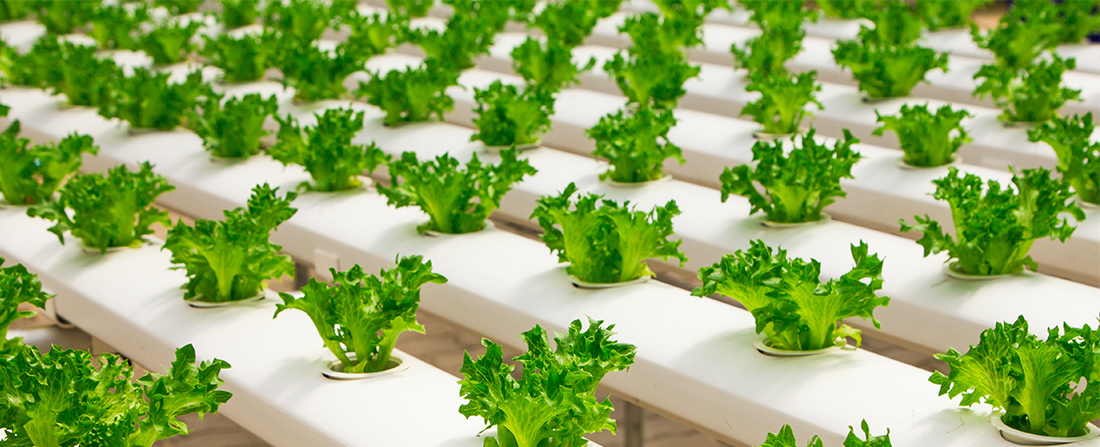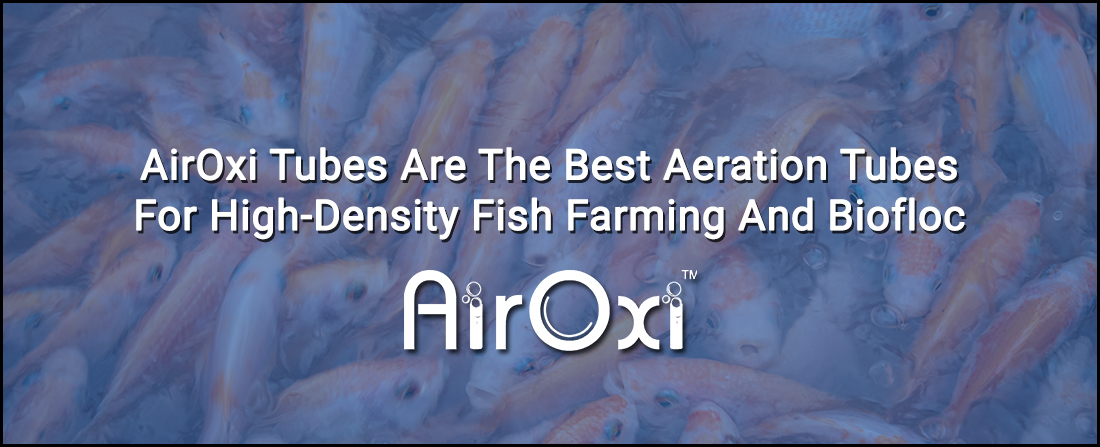Aquaculture farmers know that Dissolved Oxygen (DO) in water is the single most important factor in water quality and management. However, the most common question is – how much aeration do I need to give in my pond? But truly, the real question is “How much ‘artificial or forced’ aeration do I need to give in my aqua pond?
Dissolved oxygen in any water body is available for aquatic life through air and algae \ phytoplankton and other marine micro-organism causing photosynthesis to generate oxygen underwater. This is usually sufficient to sustain a balanced aquatic life. The issue of providing additional DO is only when the density of marine life is higher than occurring in natural bodies like the river and sea. In low-intensity aquaculture, 70-100% DO is available through natural means.
When we look at consumption of DO, one is, of course, the biological demand of marine life and organisms – the fish and even probiotics added to the pond as well as algae which consume oxygen at night. That is BOD – Biological Oxygen Demand. The other is COD – Chemical Oxygen Demand. All matter in the pond that is unused – feed, probiotics, fecal matter, sludge, etc. need oxygen for oxidation and decomposition. Because of that, there is high use of the DO and is the cause of imbalance in DO. For instance, a well-managed pond with good water quality may need 1 Kg of DO per hour, whereas a poor water quality pond with same stocking density may need as much as 3 Kg of DO per hour with the same Biomass of fish. This is also the reason why DO requirements are low in the RAS system and high in Bio-floc system (which uses probiotics, etc to convert/oxidize sludge).
Other factors affecting the DO holding capacity of water are atmospheric pressure, water temperature, salinity. height above sea level, etc.
And to further complicate matters, there are various ways to dissolve oxygen in water – diffusion, surface mechanical aeration, aspiration, etc. and they all have different efficiencies. No wonder the question of how much aeration to provide is so common. And most farmers do not even measure the DO levels in the pond – they see water quality and growth, feed consumption, etc. as surrogate indicators of DO. So how does one find out the answer to this question scientifically?
To address this concern of aqua farmers, AirOxi has developed a rough calculator that incorporates most of these parameters in a pond and makes it easy for the farmer to decide on how much and what type of aeration to provide in their pond. It takes into account stocking density, water volume, biomass, species, type of pond, pond bottom surface, etc. and gives a recommendation on aeration required. It also gives an estimate of the materials needed and the cost of the entire system.
- To calculate aeration needed for your pond, you can visit airoxi.com/calculator . The tool is free and accessible to everyone. And you can get an approximate bill of materials of entire piping and system required, as well as an estimate in major currencies.
- In case you wish to purchase AirOxi tube you can also log onto Amazon and search for AirOxi Aeration Tube or visit https://www.airoxitube.com/






 WhatsApp us
WhatsApp us
Leave A Comment